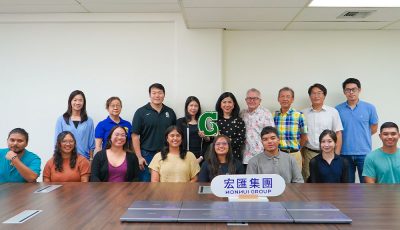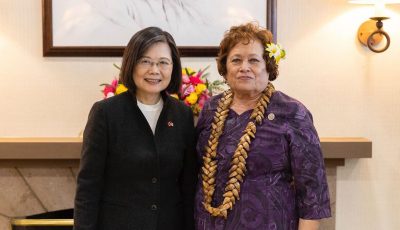China-US relations
Delighted to have the bivalve muzzle residue-named Yang in this page with her reflections on Treating a Rising China. Whether she had a simplistic view, or just provided a holding image for those who would not be bothered by the complexity of the situation, is really beside the point. If one has either a corrective or an expansive view on the subject, it is our obligation to spell it out so.
Here go I. She begins with the Chinese saying that “one mountain cannot sustain two tigers,” a truism smart tigers know to inhabit their own mountains, and there are enough mountains to live on. No two tigers would keep stalking each other just so their power would be sovereign.
I even called the last President Hu Jintao a tiger, though the “Hu” in his name is of the second tone, while “hu” of the animal tiger is a third tone. But Hu Jintao did not act like a tiger, and PM Wen Jiabao often ascended into prominence exceeding that of Hu Jintao. So whether the tiger in the mountain is used literally or metaphorically, the last leadership make-up of China was hardly tiger-some!
Also, I read Ms. Yang as educated in the Euro-American schools of thought that are comfortable with the metaphor of “King.” After all, school foundation days still select homecoming queens and kings; the reigning sovereign monarch of the British Commonwealth of 53 nations among 195 sovereign countries is a Queen, a throne to more than a fourth of the nations of the world acknowledged by local royalties!
A child of England but not within the Commonwealth, the U.S. historically is not too enamored with royalty (George Washington refused to be called King George) save the beauties in the gridiron, and pretentious families in the Atlantic northeast, so to use “king” in reference to the United States is misplaced, at best.
More so if applied to China as a competitor. Yes, we usually translate “Huangdi,” the head of a dynasty, as “king” or “emperor” but that is more of a Western bias in reference to pyramidal structure of Euro-royalty than an accurate reflection of the role and function of the head of China’s dynasties. Confucian harmony utilizes the image of the family as its organizing principle, and “huangdi” is the magnificent father (huang die) or glorious brother (huang didi). Save the mythological King Arthur, the kingship tradition in the West does not bode well as a civic model!
“China” in reference to the land of Sun Yat Sen is a foreign word. The Silk Road of the Han got the Persians to refer to the traders as people of the Qin, picked up as Sina by Rome, became Chine to the French post-Marco Polo, and China to the English when the sovereign started strutting the Union Jack across the ocean lanes to Xiang Gang that they renamed Victoria, and later, Canton’s Hong Kong.
Instead, the folks with the Qin and the Han, totaling 56 ethnic groups since 1949, call themselves Zhongguo, “the middle realm,” befitting the ones who claim a mandate of heaven, the source of the precious water that produces the agricultural yields in the fields; also, pointing to the tranquility and equanimity that comes from straddling the serenity of the pivot point of the yin-yang around which life’s contradictions revolve. The rivers of Chiang Jiang and the Huanghe defined the waters that made China!
“China has the ability to threaten the status of the U.S.” is an American perspective. In the current China Dream, the third point is on trade relations as always a win-win situation. My African and southwest Asian students describe how their first contact with a Chinese in their homeland is that of one seeking a partner that they can nurture to grow an enterprise together. Occidentals hone their skills to compete; Orientals harmonize within communal relations. This last statement is general; its truth is not universally factual at the ground level. It is, however, inaccurate to ascribe to China the label “competitor,” one feared as having the “ability to threaten the status of the U.S.” when all it wants is engage in fair trade.
To the image of a “Rising China,” we note that of all the civilizations in the world, China has the longest continuous civilization on the planet. The dynastic rule from the Qin to the Qing resulted in a radical transformation that created a nationalist ethos (Kuomintang) and a communal socialism (Gongchangdang), currently represented by Taiwan, Xianggang and Aomen on one side, and the rest of China save the Uighurs of Xinjiang on the other.
I am of Sino-Malayo-Polynesian DNA, but Euro-American memes, a citizen in a nation that keeps planting discord into the Sino-psyche, but I see Zhongguo stick to a policy of harmony and cooperation in development, incorporating new vision into old forms, and providing stability from history to support the nascent and often nebulous new. With a history of five millennia, characterizing the effort as “rising” is a bit nearsighted.
Still, Opinion page articles are meant to start conversations, and in this regard, Pearl Yang did us a favor.



























